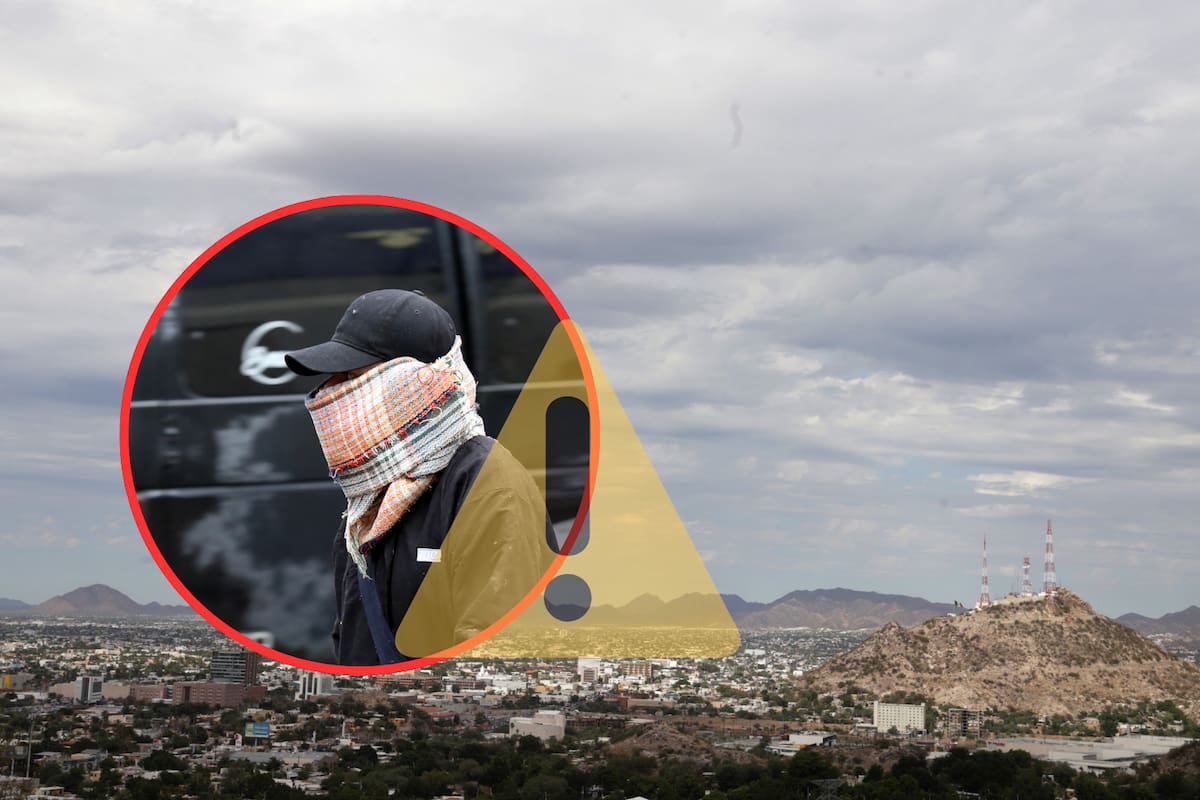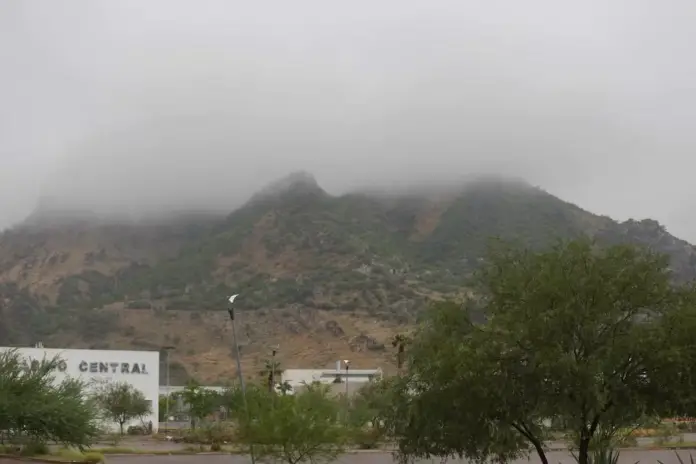
Winter is approaching in Mexico and with it, the climatic phenomenon of La Niña is expected to generate important alterations in meteorological conditions. This natural event, characterized by the cooling of the waters of the Pacific Ocean, influences the climate at a global level and could significantly impact temperatures and rainfall in several regions of the country.
What is La Niña and how does it affect Mexico?
According to the specialized site Meteored, La Niña is defined as the anomalous cooling of the waters of the equatorial Pacific Ocean.
This phenomenon alters global atmospheric circulation and can cause variations in weather patterns. In Mexico, La Niña is usually associated with:
Drier winters: Especially in the north of the country.
Extreme temperatures: Intense cold in the north and milder conditions in the south.
Rain in the South: Some areas in the south could experience precipitation, as well as cold winds.
This climatic phenomenon can last more than a year, causing intermittent effects such as extreme cold or prolonged droughts.
La Niña effects in winter 2024-2025
During the 2024-2025 winter season, La Niña is expected to bring with it:
Extreme temperatures: With forecasts of intense cold, especially in the North.
Periods of drought: Affecting water availability and agriculture in some regions.
Frost and snowfall: The arrival of Arctic air masses could cause frost and snowfall in high altitude areas.
In contrast, the southern states of Mexico may experience occasional rain and cold north winds on the coasts of the Gulf of Mexico.
When will the impact of La Niña begin to be felt?
The effects of La Niña usually become more evident from December and will extend until February. This period coincides with the winter season in Mexico. During these months, the Pacific jet stream moves towards the Gulf of Alaska, allowing the descent of polar air towards lower latitudes, including Mexico. This may result in:
Intense frost in the center and north of the country.
Cold winds that will contribute to a lower thermal sensation.
Drizzle during the Eighth Winter Storm that affected the state of Baja California during the morning of this Sunday, announced the National Meteorological Service, while the Frontal System No. 29 extends from Coahuila to Durango, causing a cold and humid environment in the northwest and north of the national territory.
Drizzle during the Eighth Winter Storm that affected the state of Baja California during the morning of this Sunday, announced the National Meteorological Service, while the Frontal System No. 29 extends from Coahuila to Durango, causing a cold and humid environment in the northwest and north of the national territory. (Sergio Ortiz)
Expectations on rain and drought
La Niña has the potential to limit rainfall in Northern Mexico, creating drier than usual conditions. However, in coastal areas and states in the Southeast, the following are likely to occur:
Intermittent rains: Especially on the coasts of the Gulf of Mexico.
Strong winds: Which will accompany the rains in the mentioned regions.
In addition, the impact of La Niña on the dry and cold winter could extend until the end of February 2025, which raises concerns about agriculture and water supply in various areas of the country.
Source:elimparcial






